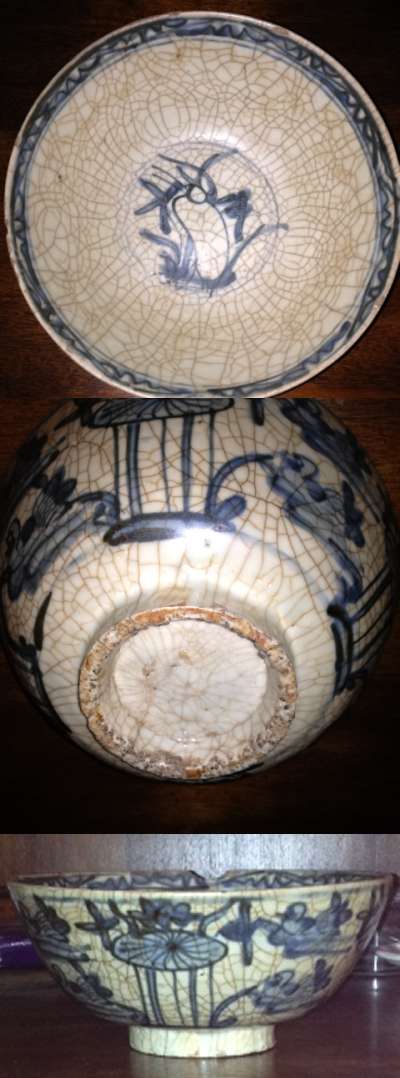
Unusual size Swatow ware bowl, while most Swatow wares are represented by large dishes. Provincial export ware from the Wanli period (1573-1620), at end of the Ming dynasty. At least one kiln producing wares of this rough kind have now been discovered in Zhangzhou prefecture in Fujian province why the name Zhangzhou ware is now preferred by many Chinese scholars, while it does not covers all porcelain recognized in the West as Swatow type. Photo courtesy of: Ron Leidelmeyer
Zhangzhou Ware and Swatow Ware are terms that relate to Chinese export ceramics, primarily produced during the late Ming and early Qing dynasties. Both types of ware are intricately connected, often leading to some confusion in their classification.
The relationship between Zhangzhou ware and Swatow ware highlights the complexities in classifying historical ceramics based on origin, style, and market. Essentially, Zhangzhou ware represents a subset of what was historically termed Swatow ware, with modern scholarship preferring more precise geographical and stylistic categorizations.
"Swatow" wares were exported in large quantities to Europe, the Near East, and Southeast Asia; they were among the ceramics that were found in the cargo of the Witte Leeuw, a Dutch ship that sank in 1613 near St. Helena.
Examples of Swatow wares are in the British Museum, (Valenstein, Susan, Dish No. 198), purchased in the former port of Shantou, or Swatow, in the 1930s.
A